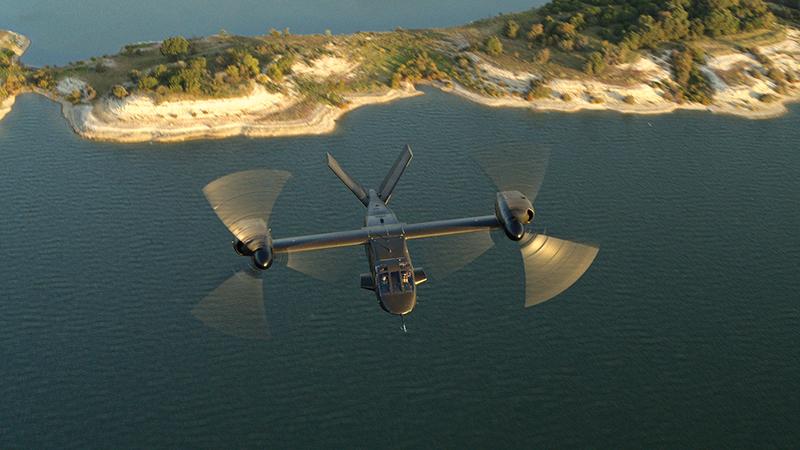Major Upgrade Highlights Unique Acquisition Path For U.S. Army’s FLRAA

The Bell FLRAA gives the Army a new rotorcraft with nearly twice the speed and several times the range of the UH-60.
Credit: Bell concept
The U.S. Army’s next rotorcraft is six years away from entering service, but requirements for the first major upgrade are already being developed. In the past, the Army’s pursuit of a “Version 2” less than two years after awarding Bell a contract to deliver the baseline version of the Future Long...
Major Upgrade Highlights Unique Acquisition Path For U.S. Army’s FLRAA is part of our Aviation Week & Space Technology - Inside MRO and AWIN subscriptions.
Subscribe now to read this content, plus receive full coverage of what's next in technology from the experts trusted by the commercial aircraft MRO community.
Already a subscriber to AWST or an AWIN customer? Log in with your existing email and password.





